New area showcases green, high-quality development model
Situated more than 20 kilometers east of Tian'anmen Square, Beijing's burgeoning sub city-center stands as a beacon of progress and promise, poised to usher in a new era of dynamic growth only 10 years after it was first floated.
The coordinated development strategy for Beijing, Tianjin and Hebei province was proposed by President Xi Jinping at a meeting on Feb 26, 2014, after his inspection tour of the capital.
In May 2016, the central government began implementing plans to establish the Beijing sub city-center, with the first phase involving laying the foundations and addressing challenges that would arise during the development stages.
The first and second phases of the city's municipal administrative office area have been completed, and more than 30,000 staff members have moved to live and work in the center, a significant factor in ensuring its viability.
A total of 61 Beijing municipal State-owned enterprises and their subsidiaries have relocated to the sub city-center.
Meanwhile, new cultural, recreational and entertainment facilities have added to the area's appeal. Universal Studios Beijing has based itself there, along with the Beijing Performing Arts Center, Beijing Library and the Grand Canal Museum of Beijing, which opened in late December, all enriching residents' daily lives.
The sub city-center is also attracting an increasing number of visitors from other areas of Beijing who like to enjoy cultural and entertainment activities, such as spending weekends strolling around Central Green Forest Park or exploring the Grand Canal Museum's exhibitions.
Hu Jiulong, the deputy director of the sub city-center management committee, has an affinity for the area and wants to move there from his current home in downtown Beijing.
"My greatest wish is to move here as soon as possible," he told China Daily. "The place has been updated in all aspects. I especially appreciate the environment here, and as a sports enthusiast I hope to make this my home," he said, adding he commutes using suburban trains and the subway system.
Green transformation
As a member of the sub city-center's management team, Hu has witnessed firsthand the rapid development of the area in recent years.
At the heart of the 155-square-kilometer core area of the center lies the Central Green Forest Park, which is planned to eventually cover a total area of 11.2 sq km.
"The changes in the ecological environment are particularly noticeable," Hu said. "The site of the Central Green Forest Park was previously a chemical plant and three surrounding villages. In the past, there was also some soil contamination."
Environmentally sensitive methods were used during the rehabilitation and enhancement of the site, Hu said.
"Trees and plants in the former villages were relocated for the construction of the park," he said. "All the planting was designed based on keeping existing trees, rather than removing them all and planting new ones."
After the completion of work on the park, the authority invited the former villagers to inspect it. "They could recognize the trees which had been in front of their former homes," Hu said. "The development of the city is a good thing and we also want to keep their memories alive."
In March, the park was recognized at the national level as one of the first 23 cases in China of an energy-efficient, green, and low-carbon transformation project, the National Energy Administration said.
The park not only features photovoltaic panels, geothermal heat pumps, power storage and green energy, but also green buildings, charging piles, ecological restoration work and smart management systems. These diverse low-carbon applications are good examples that can be easily adopted across the country, the administration said.
By 2025, the park's energy terminals are expected to be entirely powered by green energy, achieving the goal of zero carbon emissions, according to the Beijing Investment Group, the operator of the park.
"It is different from traditional parks in the country, it is one without walls," Hu explained. "We hope to integrate the city and the forest park, providing residents with a better experience. During the road planning phase, we carefully designed the routes … to avoid conflicts between motor vehicles and pedestrians.
"Since its opening in September 2020, visitors have highly praised the park, and I often visit it myself," he said.








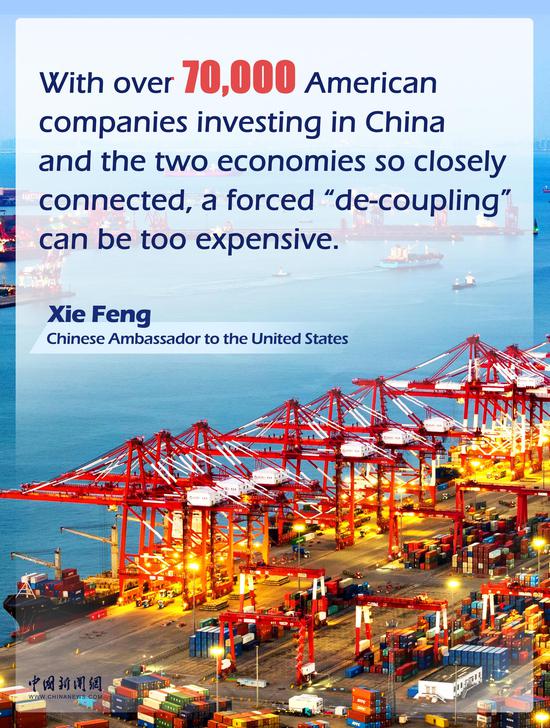


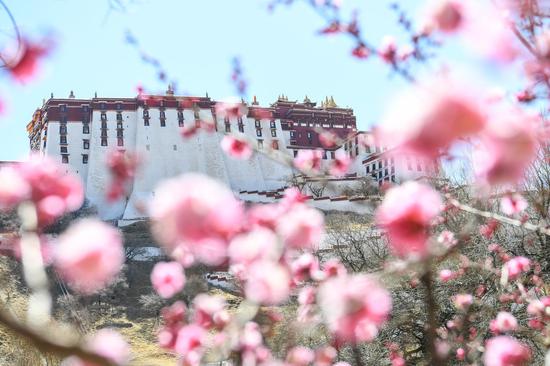
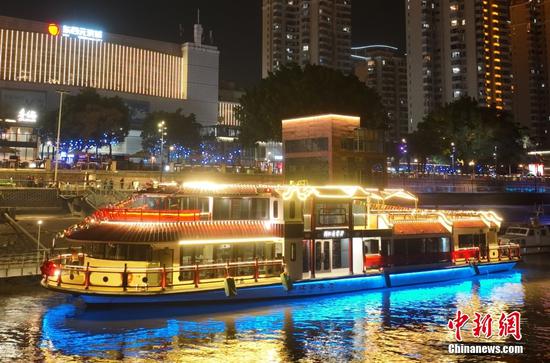


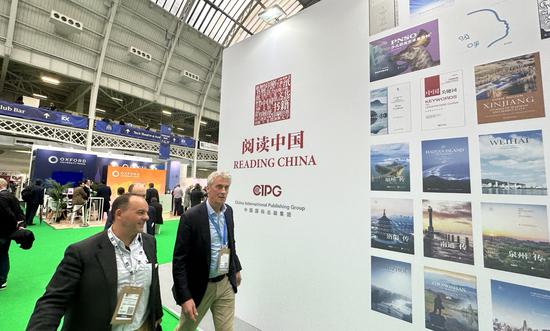
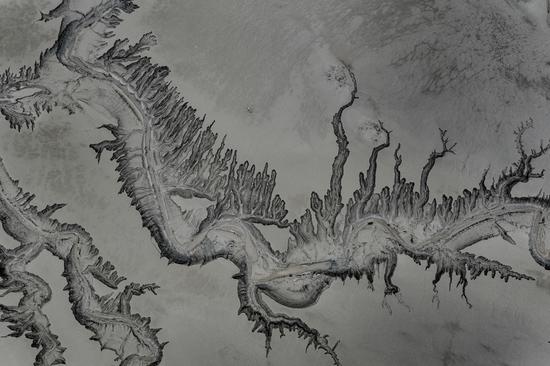
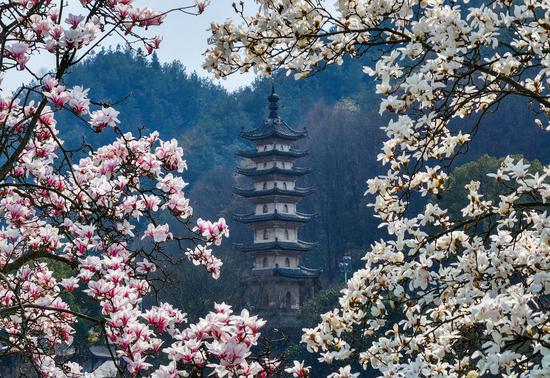
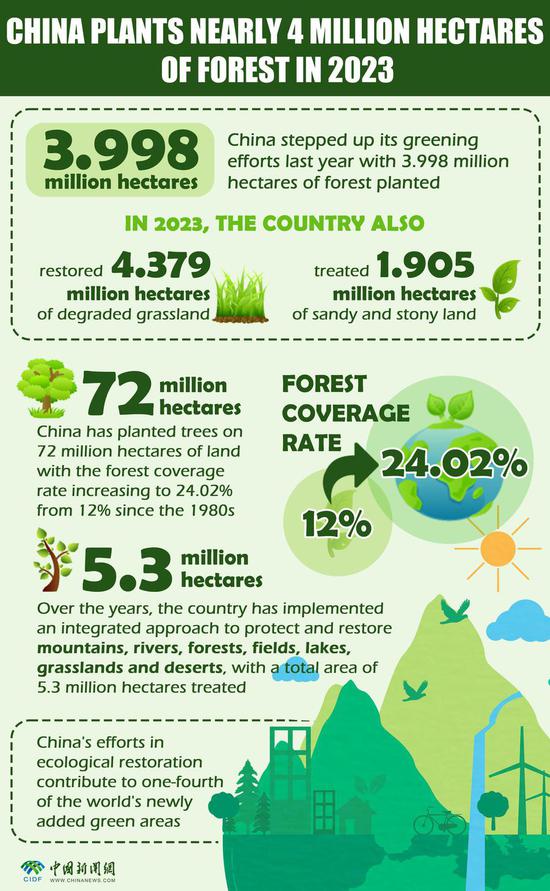
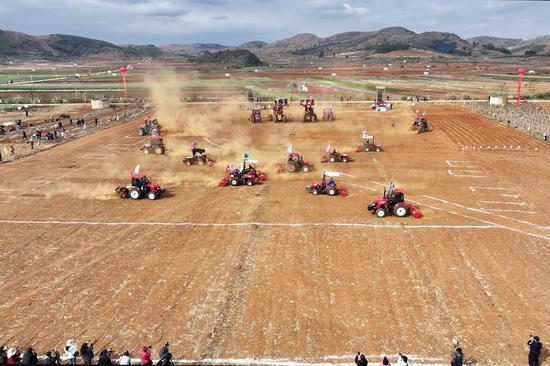

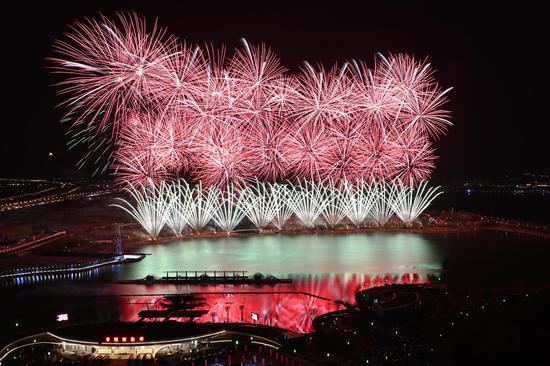
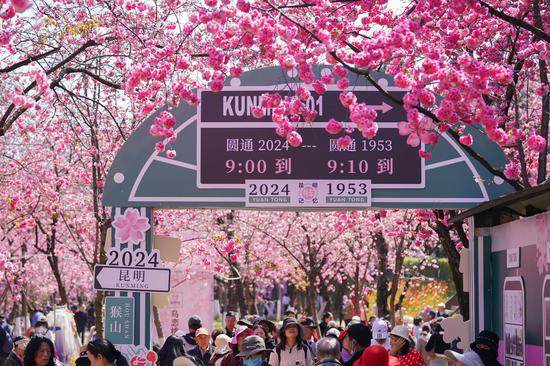


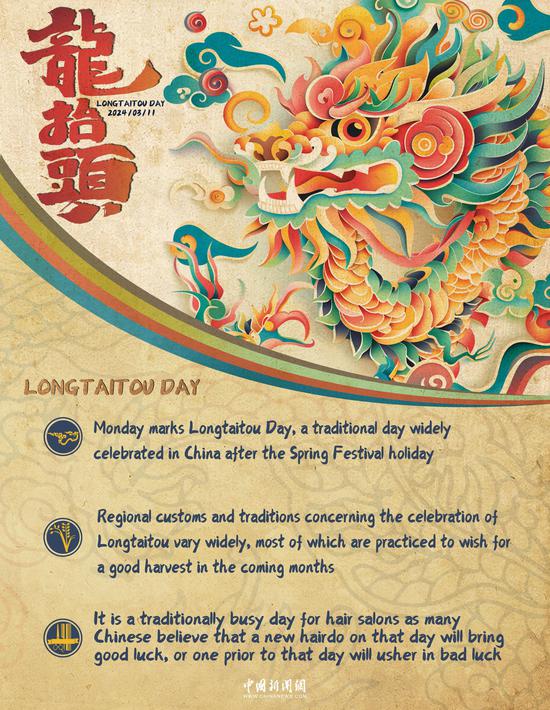
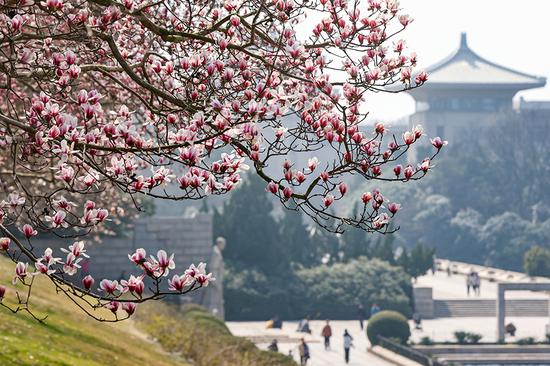
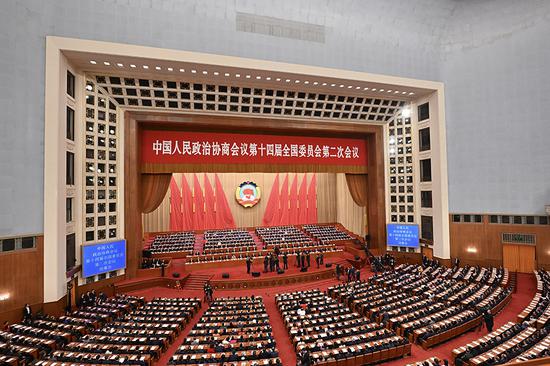
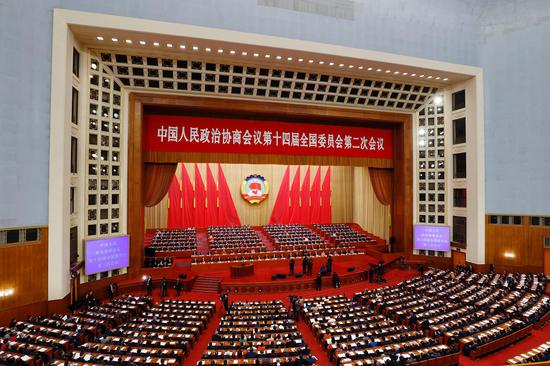

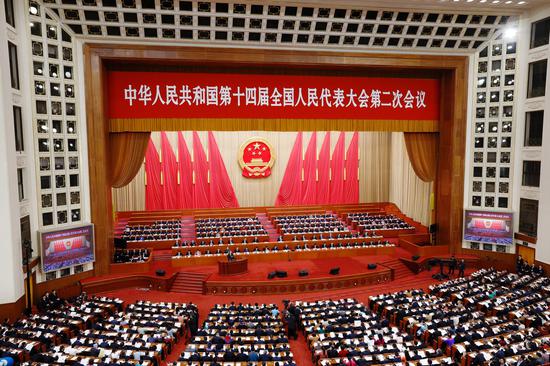
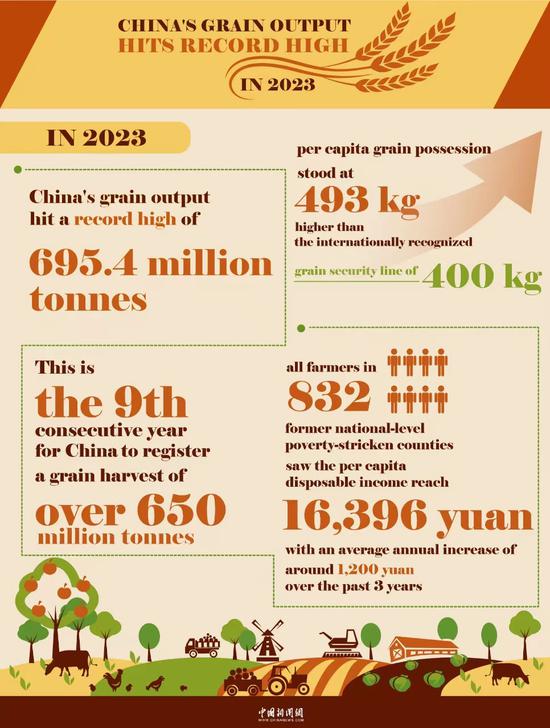

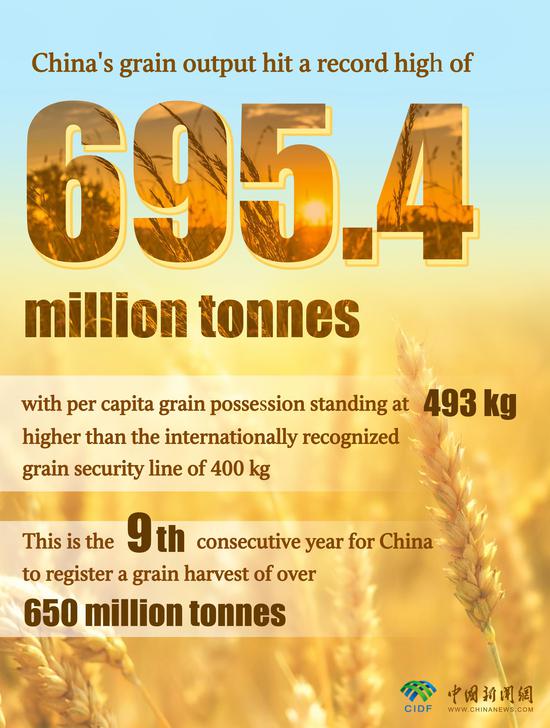
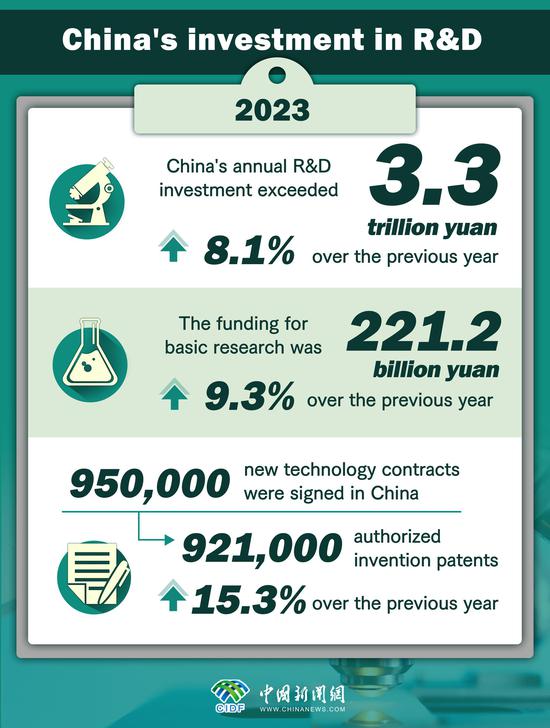

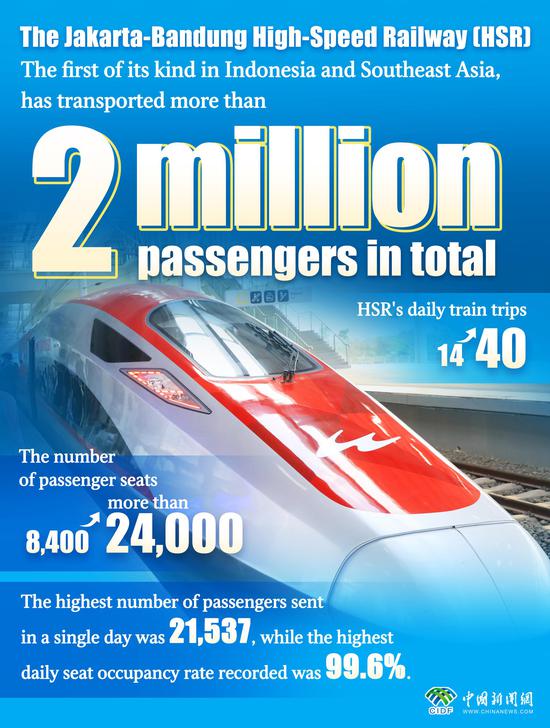
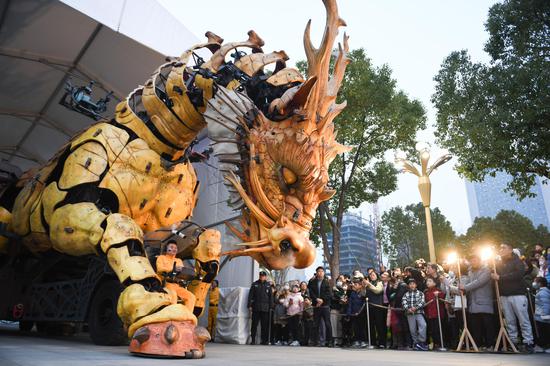
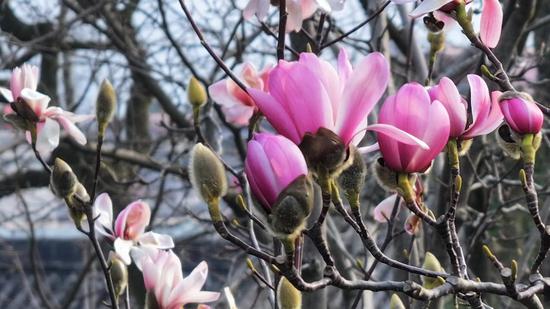
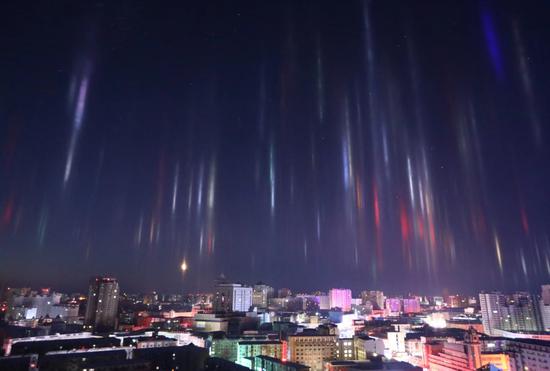
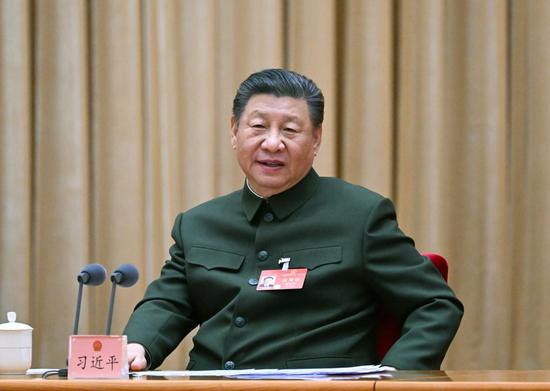
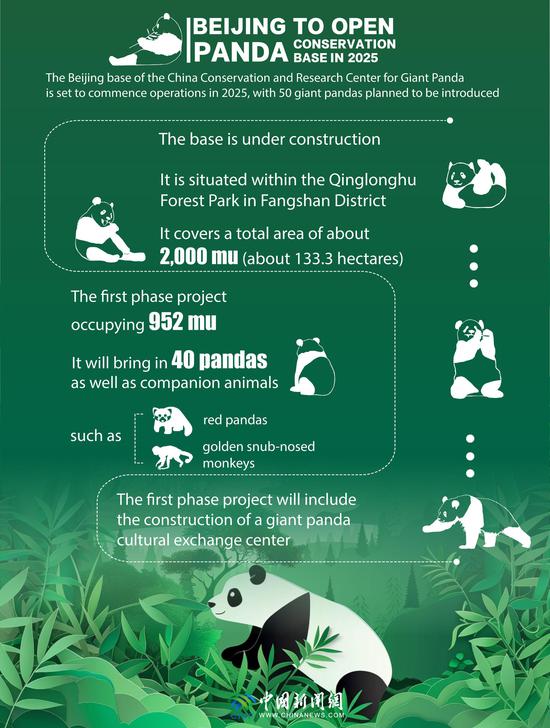

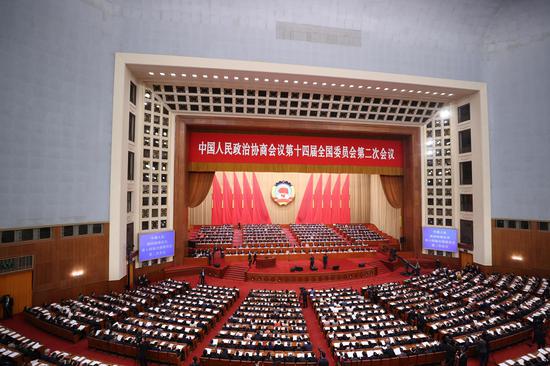
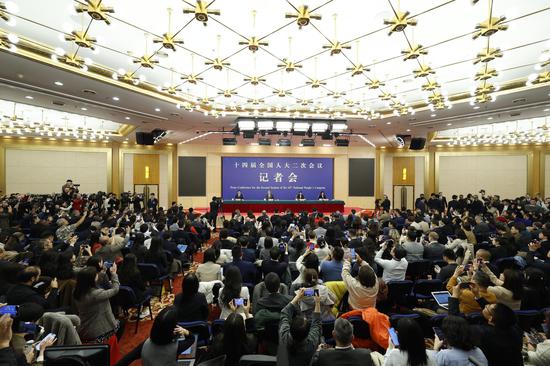

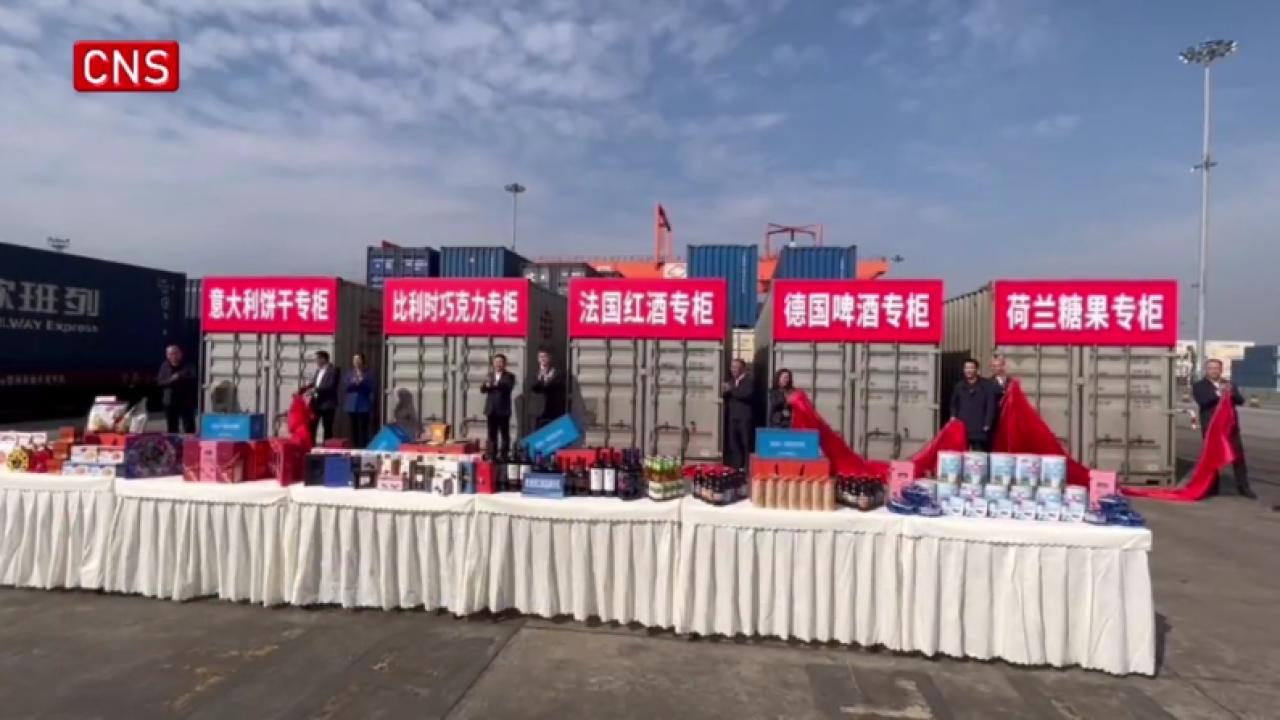



 京公网安备 11010202009201号
京公网安备 11010202009201号